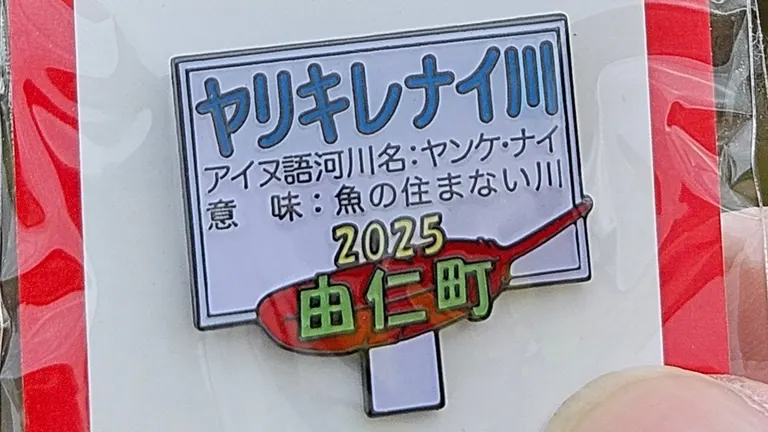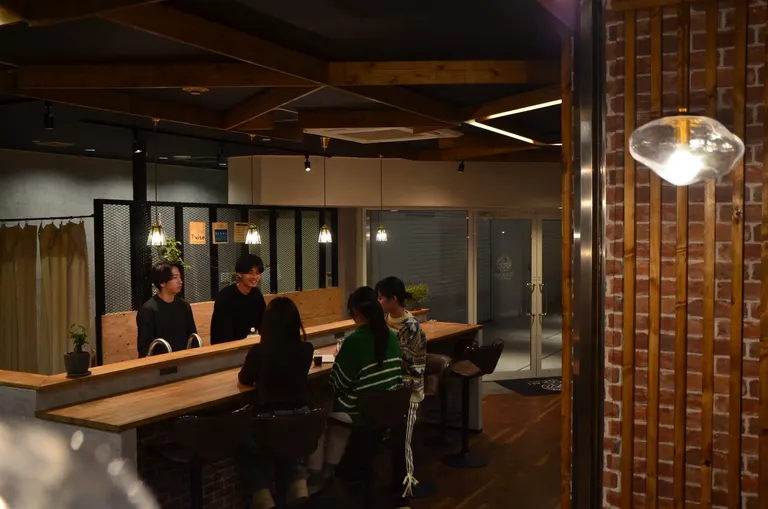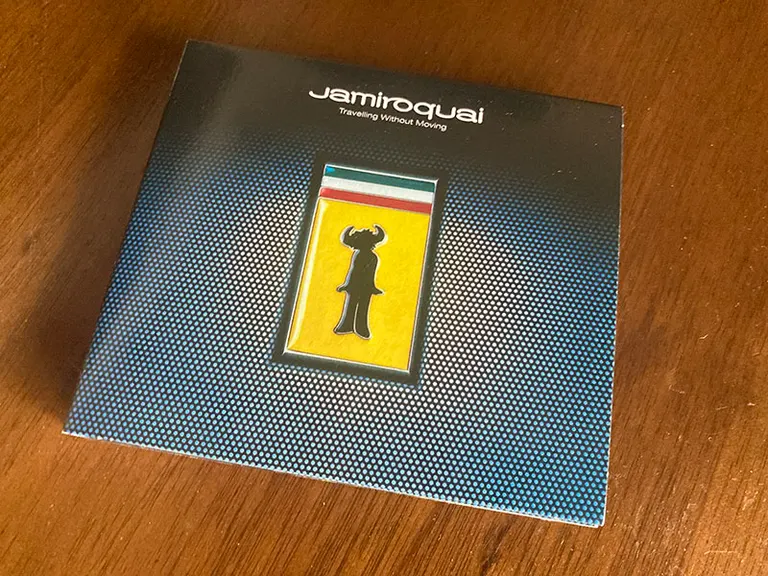
ARTICLES
Is it true that Jamiroquai's famous song "Virtual Insanity" was inspired by Sapporo's underground mall? Verified with the Sendai theory
Jamiroquai is a globally popular band celebrating 30 years since their debut. It is a well-known story that their most famous song, "Virtual Insanity," was actually inspired by the underground shopping center of Sapporo. In recent years, however, there have been whispers of a Sendai theory, and the true story is unclear. We have verified how far this half-urban legend is true.
Virtual Insanity" was a big hit in the 1990s.
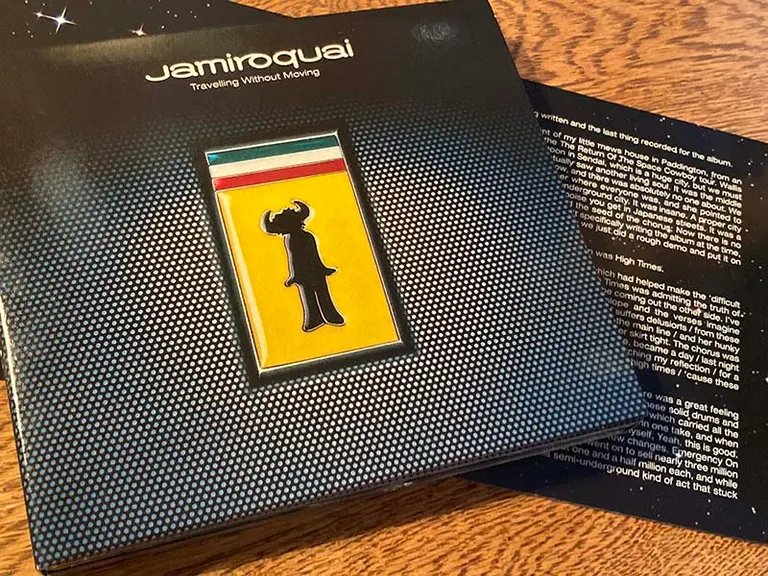
Jamiroquai's third album "Travelling Without Moving
Virtual Insanity" was released by the British band Jamiroquai in 1996 and appears on the album "Travelling Without Moving. The song is known as one of the band's best-known songs, and its curiously staged music video, in which frontman Jay Kay, wearing a large hat, dances nimbly in an inorganic room, is impressive. It was a big hit in Japan and established the acid jazz genre.
It was nominated for 10 MTV Video Music Awards in 1997, winning four of them. Even today, the music video on YouTube has been viewed more than 250 million times, making it unquestionably one of the most popular songs of the era.
Is the "Sapporo Underground Inspiration Theory" true?
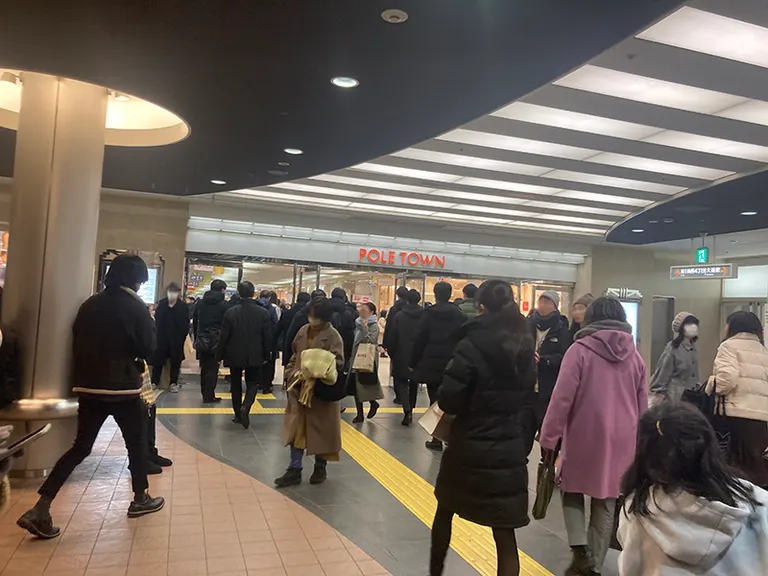
Pole Town, the Sapporo underground shopping center that connects Odori and Susukino
Where did the urban legend that "Virtual Insanity" was inspired by Sapporo's underground shopping center come from? It turns out that about 25 years ago, during the MC at the Tokyo Dome concert in 1999, Jay Kay said, "When we performed in Sapporo some years ago, there were no people walking around in the city. I asked an old lady where I was, and she led me underground. There was a city there and lots of people," he said, adding that "Virtual Insanity" is a compilation of his impressions at that time.
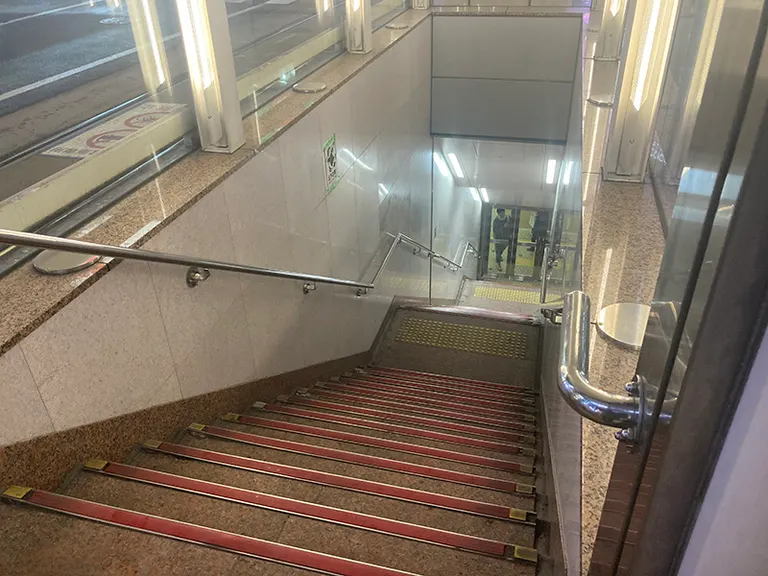
Entrances to the underground are everywhere in central Sapporo
Jamiroquai performed in Sapporo in February 1995. Jamiroquai performed in Sapporo in February 1995, and "Virtual Insanity" was released in 1996, so the timing is perfect. The video also shows Jay Kay himself talking about the project, so it is almost a fact that "Virtual Insanity" was inspired by the underground shopping center of Sapporo.
There is also the "Sendai Inspiration" theory.
On the other hand, there is a rumor that "Virtual Insanity" was inspired by Sendai. We have found a rumor on a social networking site that says, "It is written in the liner notes of the 20th anniversary edition of "Travelling without Moving".
I immediately purchased the album and checked the contents, and found the following explanation: "Wallis and I had gone for a walk one afternoon in Sendai. Other than that, the same episode as the MC at the Tokyo Dome concert I mentioned earlier was written as a story about Sendai, not Sapporo.
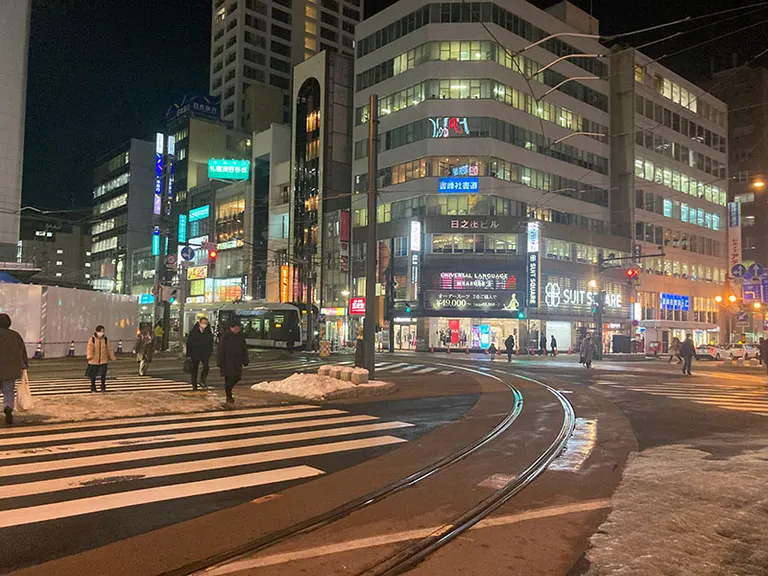
Sapporo in winter. Underground to shelter from snow is very important for citizens who move around on a daily basis
However, Sendai has never had a large underground shopping center, although there has been a plan to build one since the 1960s. It is undeniable that the comment was made in confusion with Sapporo, as the two cities share the same snowy climate. There are several cities with huge underground shopping centers, such as Tokyo, Osaka, and Nagoya, but the sight of no one above ground, surrounded by snow, is more fitting when one thinks of Sapporo's central area.
J.K.'s culture-shocked northern underground landscape
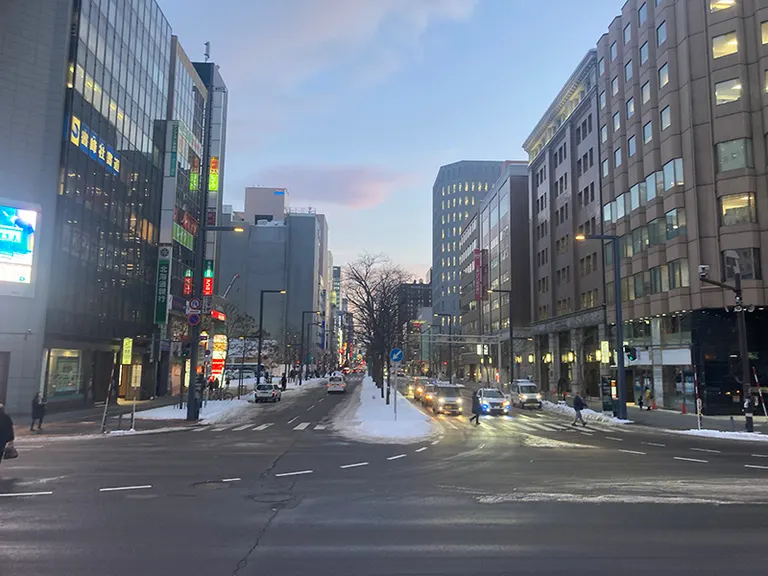
Ekimae-dori Street leading from Sapporo Station to Odori and Susukino. Chi-ka-ho" is located directly below this street.
In the liner notes, Jay Kay writes, "Everything was covered with snow and there was not a soul to be seen. I asked an elderly woman passing by where everyone was, and she pointed to a staircase leading to the basement. She pointed me to a staircase that led to the basement, where I found the noise and all the colors of a Japanese boulevard. It was insane," he wrote.
Sapporo's then-busy underground shopping mall was connected to the underground shopping mall by the Sapporo Ekimae-dori Underground Walking Space, usually referred to as "Chi-ka-ho," which was completed in 2011. As many as 50,000 to 80,000 people pass through Sapporo's underground every day.

The "Chi-Ca-Ho" is an underground space that connects the Sapporo and Odori subway stations, a distance of about 520 meters.
This song contrasts the underground with the ground, and sings that "virtual madness" is spreading in this world. We cannot deny the possibility that the statement that the song was inspired by Sapporo (or Sendai) is lip service to Japan. Only Jay Kay himself knows the real story, but imagining the background of the song by reading the liner and lyrics is one of the ways to enjoy the music. Why don't you experience this famous song while thinking of the underground scenery of Sapporo once again?
Writer Profile
 Magazine/Book Editor & Writer Kyohei Yamashita
Magazine/Book Editor & Writer Kyohei Yamashita
While working as a program producer at a radio station, he began producing mini-comm magazines and writing for magazines. Later, he joined a publishing company as an editor and has worked on various articles, mainly for town information magazines. His favorite things are cooking, mountain climbing, river fishing, and stone monuments in Sapporo. He lives in Minami-ku, Sapporo, and loves Minami-ku very much.







